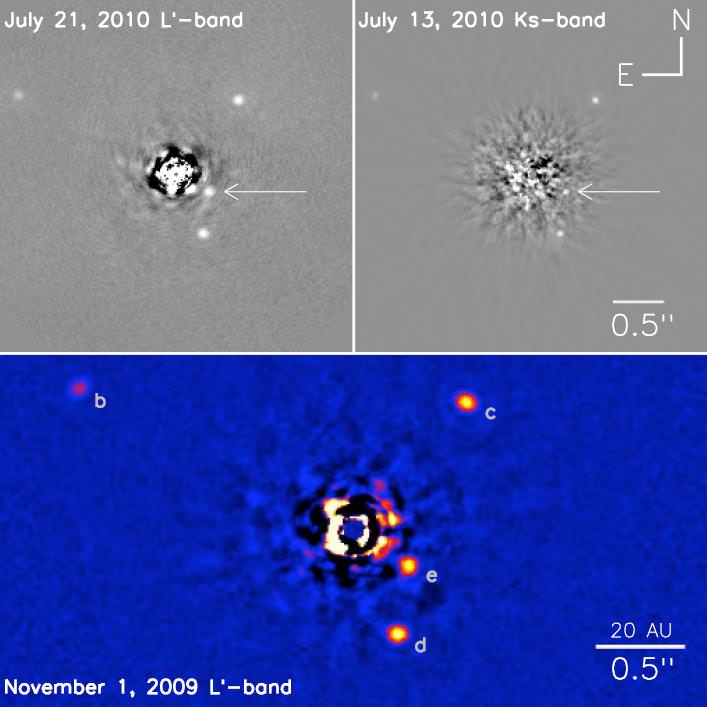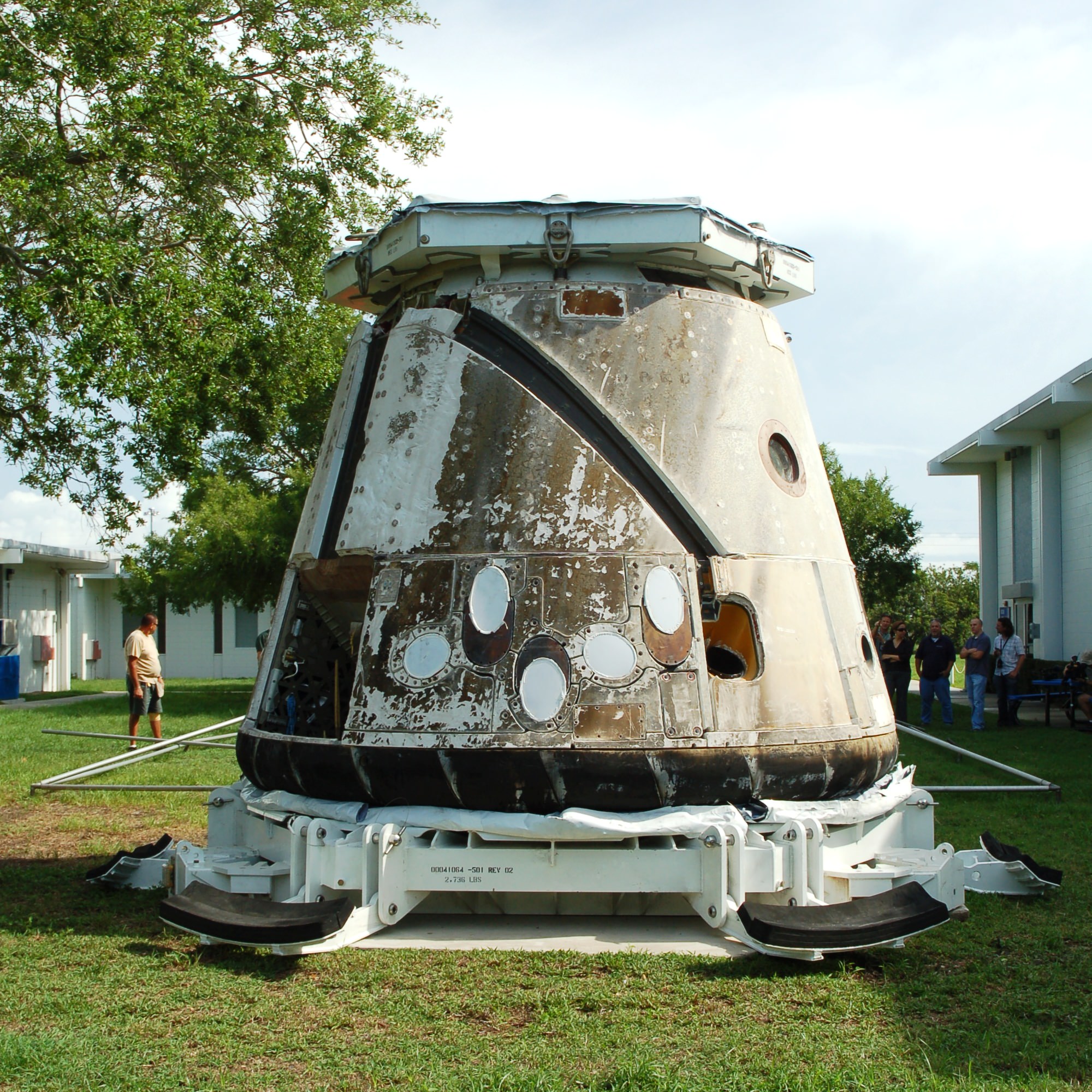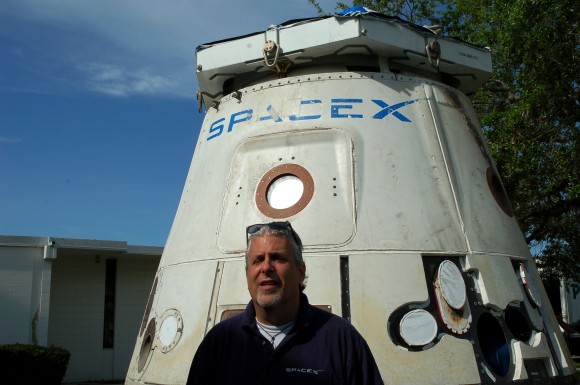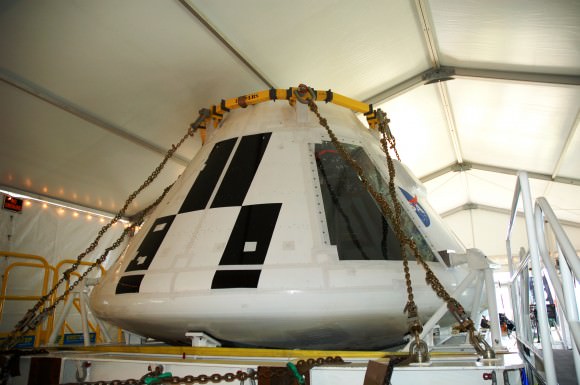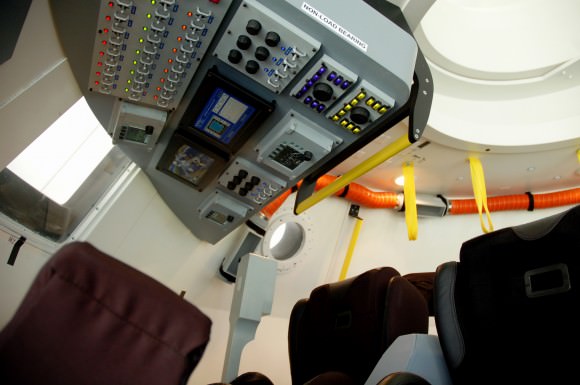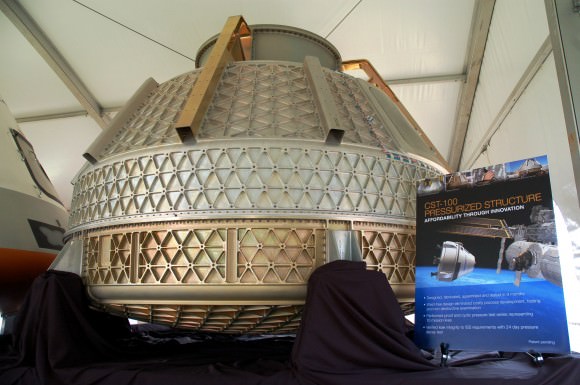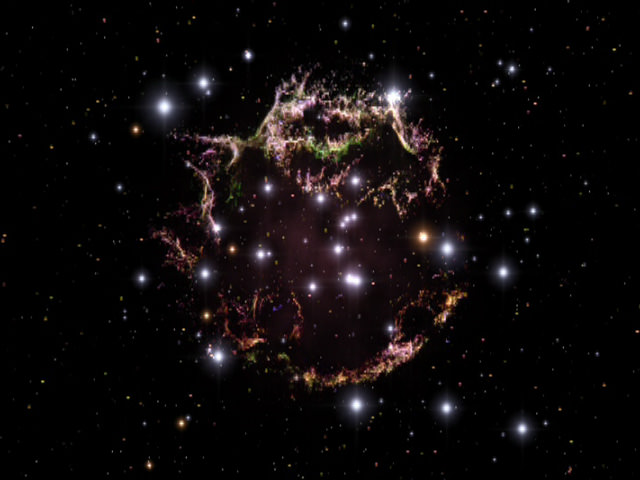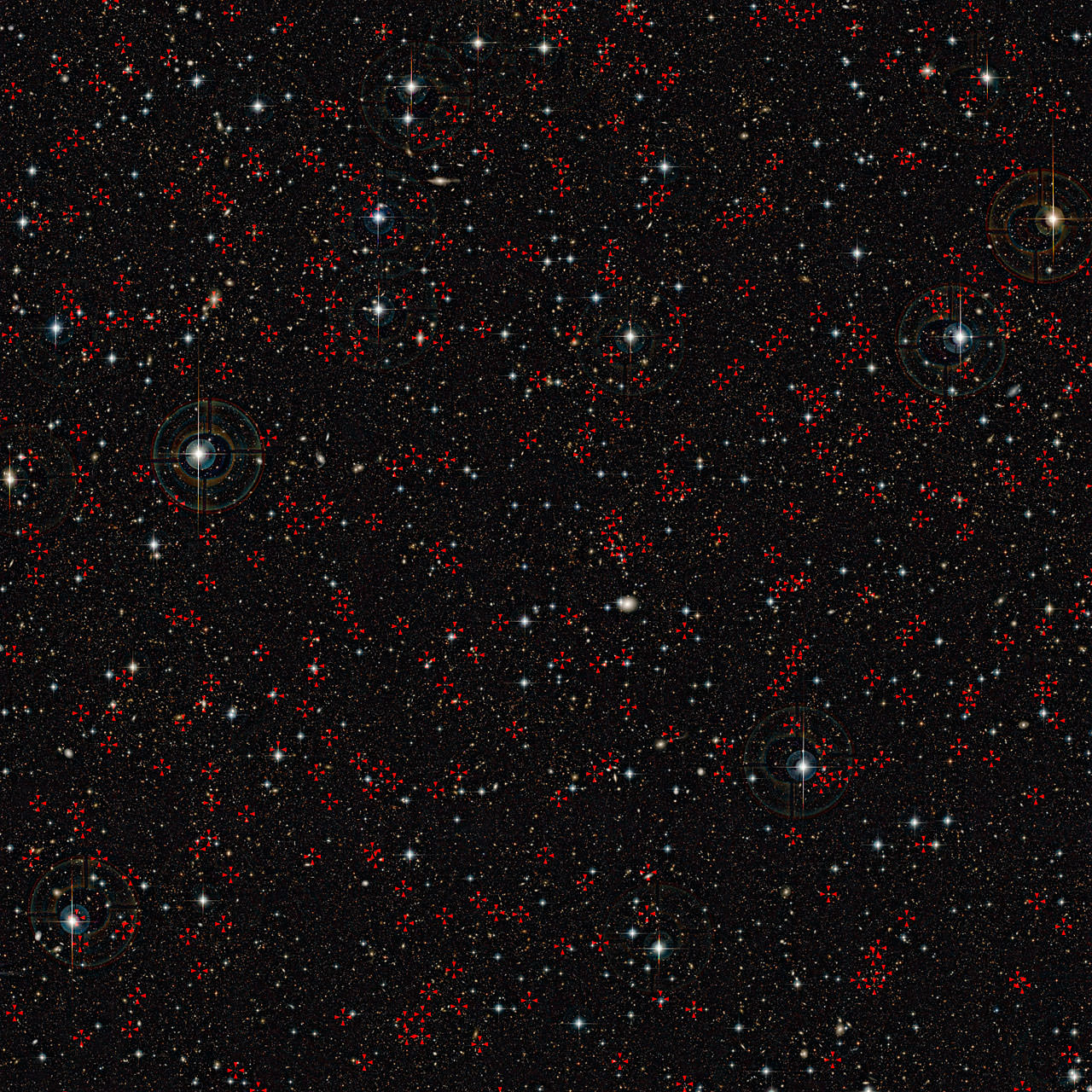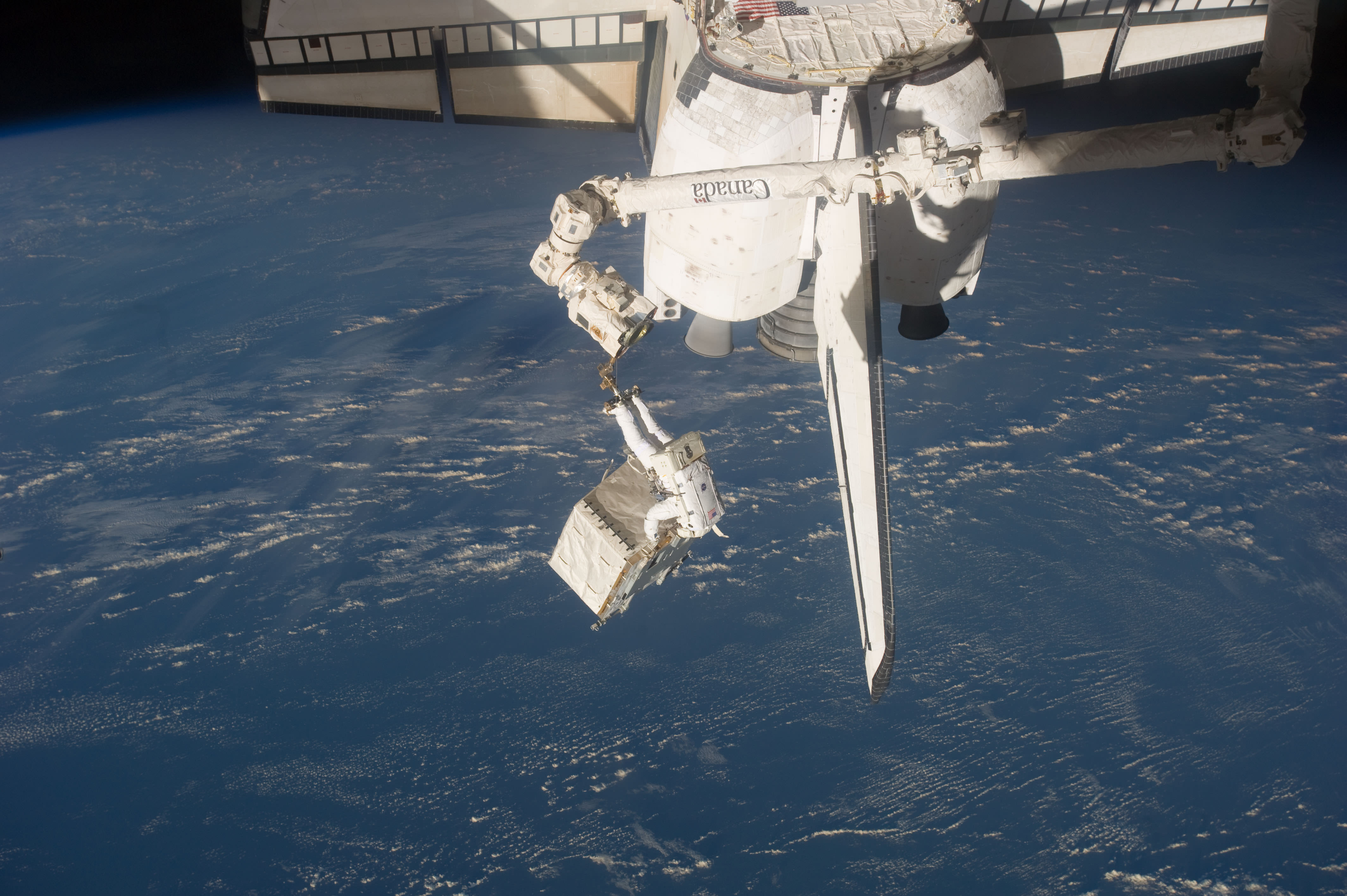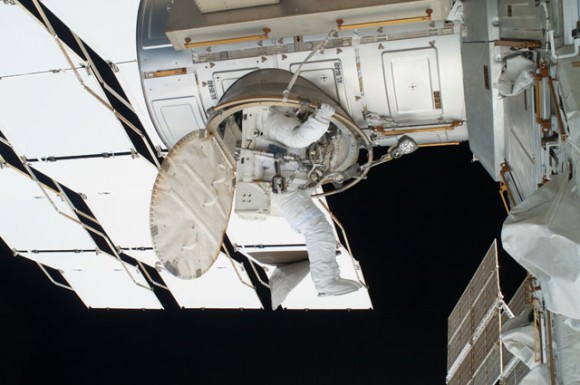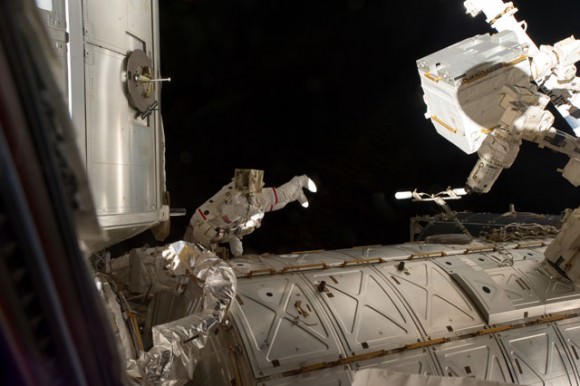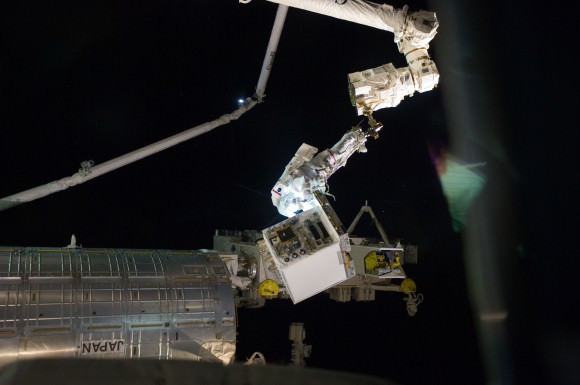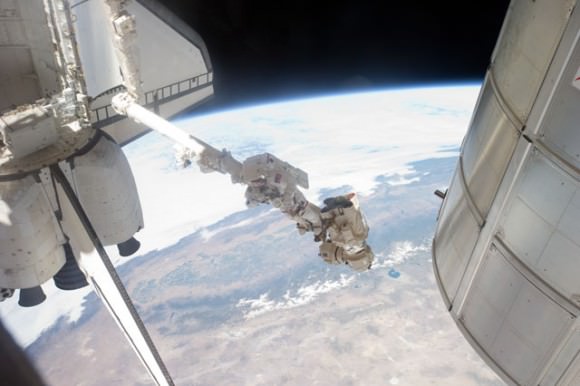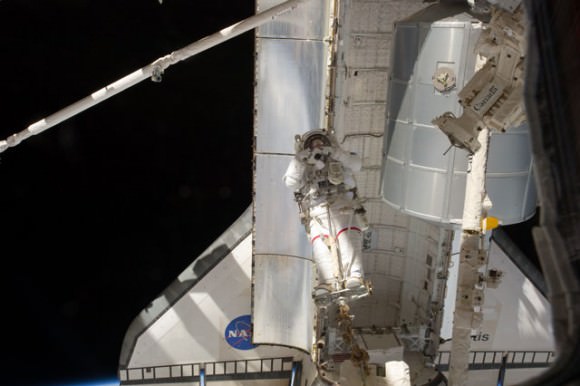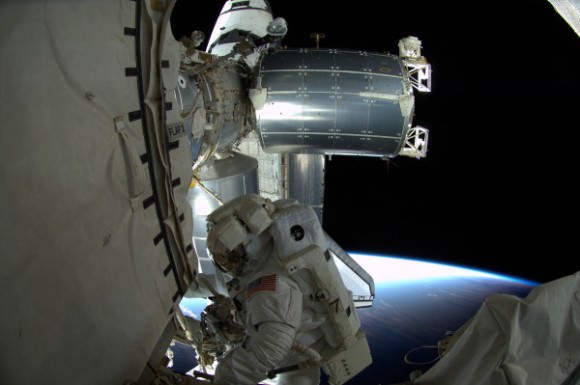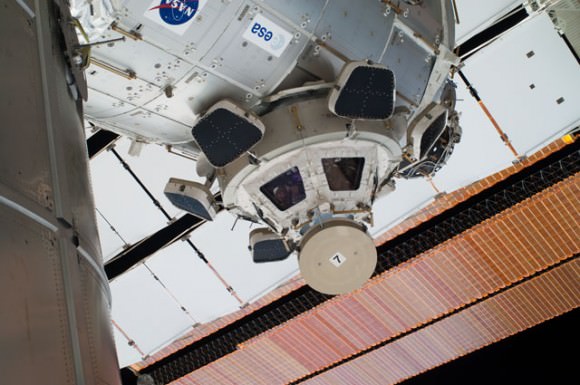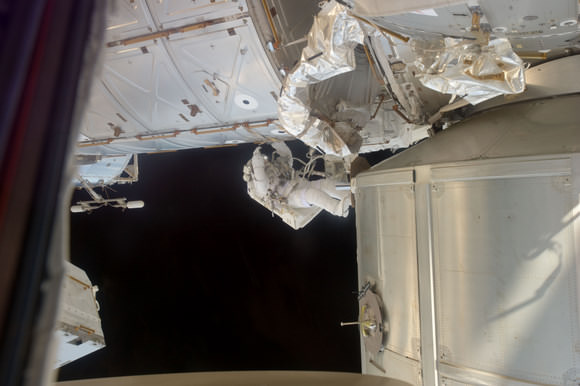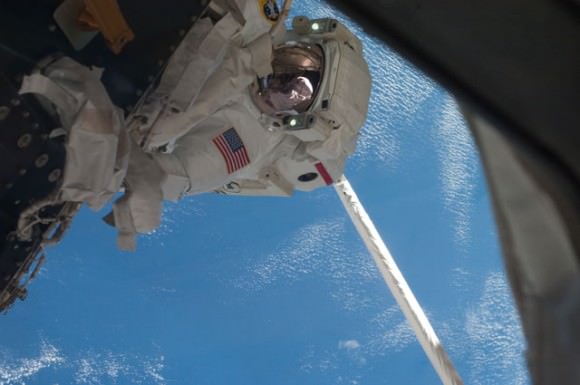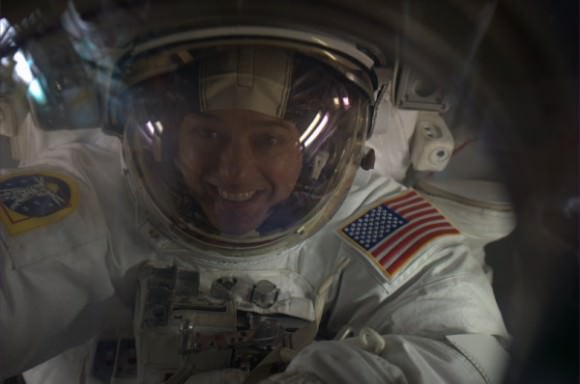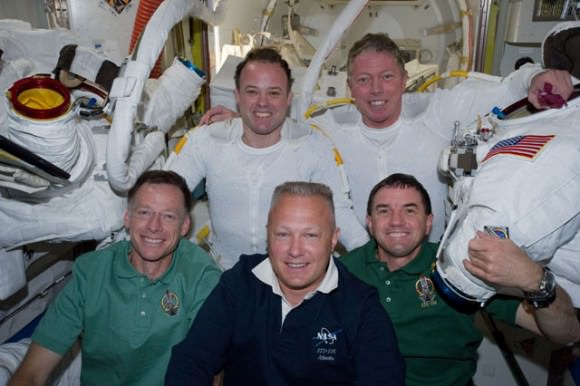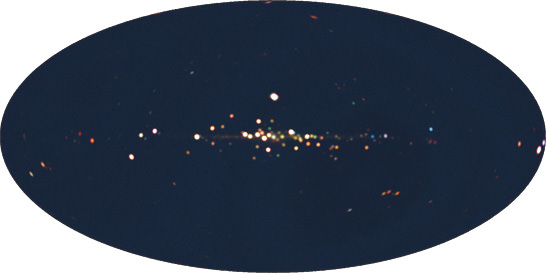[/caption]
Late last year, astronomers using the Keck II telescope released the first direct image of a planetary system including four planets. These planets orbited the star HR 8799 and were taken in the J and L bandpasses which are in the near-infrared portion of the spectrum. Since then the team has collected new data using the same telescope, extending the spectral range into the mid-infrared portion of the spectra.
The new images are important to astronomers because this provides a more complete understanding of the distribution of radiation that the planets are emitting. This can be compared to models of planetary formation, allowing these young planets to act as a test bed. Previous comparison to models have suggested that these planets have cool, dusty atmospheres without the presence of methane or other common absorbing molecules.
The team hopes that the new observations will help distinguish between the various models that explain this deficiency of methane. Unfortunately, getting good observations in this portion of the spectra is challenging. In particular, at the Keck telescope, the design of the telescope itself makes observations especially challenging due to portions of the instrument themselves emitting in the infrared, masking the faint signals from the planet.
To bring out the planets, the team developed a new technique to help clean the images of the unwanted noise. They estimate that their new technique is nine times more efficient than previously used techniques. To do this, they moved the telescope slightly between images, allowing the patterns of interference to change between exposures, thereby making them more apparent and easier to remove.
When the results were analyzed and compared to models, the team found that they were in good agreement with predictions of planetary evolution for planets c and d. However, for planet b, the models predicted a planet with a radius that would be too small to account for the observed luminosity. The observations could be brought into agreement with the models by increasing the metallicity of the model.
With additional future observations, the team hopes to constrain these models and further investigate the atmospheres of these planets.
NOTE: I Emailed the authors of the paper to ask permission to reproduce the new image here, but have not gotten a reply. The one used above is the K and L band images from last year. To see the new ones, feel free to go to the paper directly.

